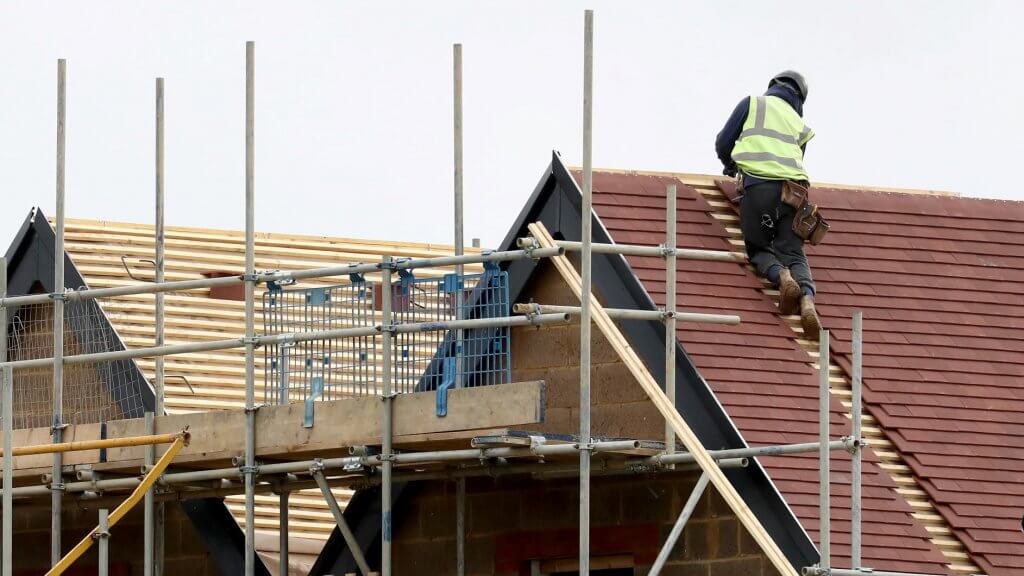‘Strong’ Jump In Construction Activity As Covid Restrictions Ease Further

UK constructions firms reported a “strong” increase in activity last month as coronavirus restrictions continued to ease, according to new figures.
The closely followed IHS Markit/CIPS Purchasing Managers’ Index recorded a score of 61.6 in April, showing a marginal slow-down in growth from its March figure of 61.7.
Any figure above 50 in the index represents growth.
The March figure had highlighted the strongest growth in output for six-and-a-half years, and analysts had predicted a larger slowdown in activity, with a consensus of experts forecasting a 61 reading for April.
The latest report revealed that workloads increased on the back of the fastest rise in new orders since September 2014.
Civil engineering, commercial work and house building activity all continued strong recoveries in April.
Tim Moore, economics director at IHS Markit, said: “The UK construction sector is experiencing its strongest growth phase for six-and-a-half years, with the recovery now evenly balanced across the housebuilding, commercial and civil engineering categories.
“New orders surged higher in April as the end of lockdown spurred contract awards on previously delayed commercial development projects.
“This added to the spike in workloads from robust housing demand and the delivery of major infrastructure programmes such as HS2.”
Commercial construction work saw the biggest increase in activity as firms highlighted an improvement in client demand following the reopening of large parts of the economy.
However, the increase in activity drove a rise in demand for construction products and placed pressure on company supply chains.
Duncan Brock, group director at the Chartered Institute of Procurement & Supply (CIPS), said: “Issues around supply chain performance acted as a drag on capacity as supply constraints on essential materials increased to one of the third highest levels since 1997 when the survey began.
“Brexit issues remained a factor affecting deliveries from the EU and suppliers generally were struggling to meet the sudden rush in demand leading to shortages of basic materials.”




